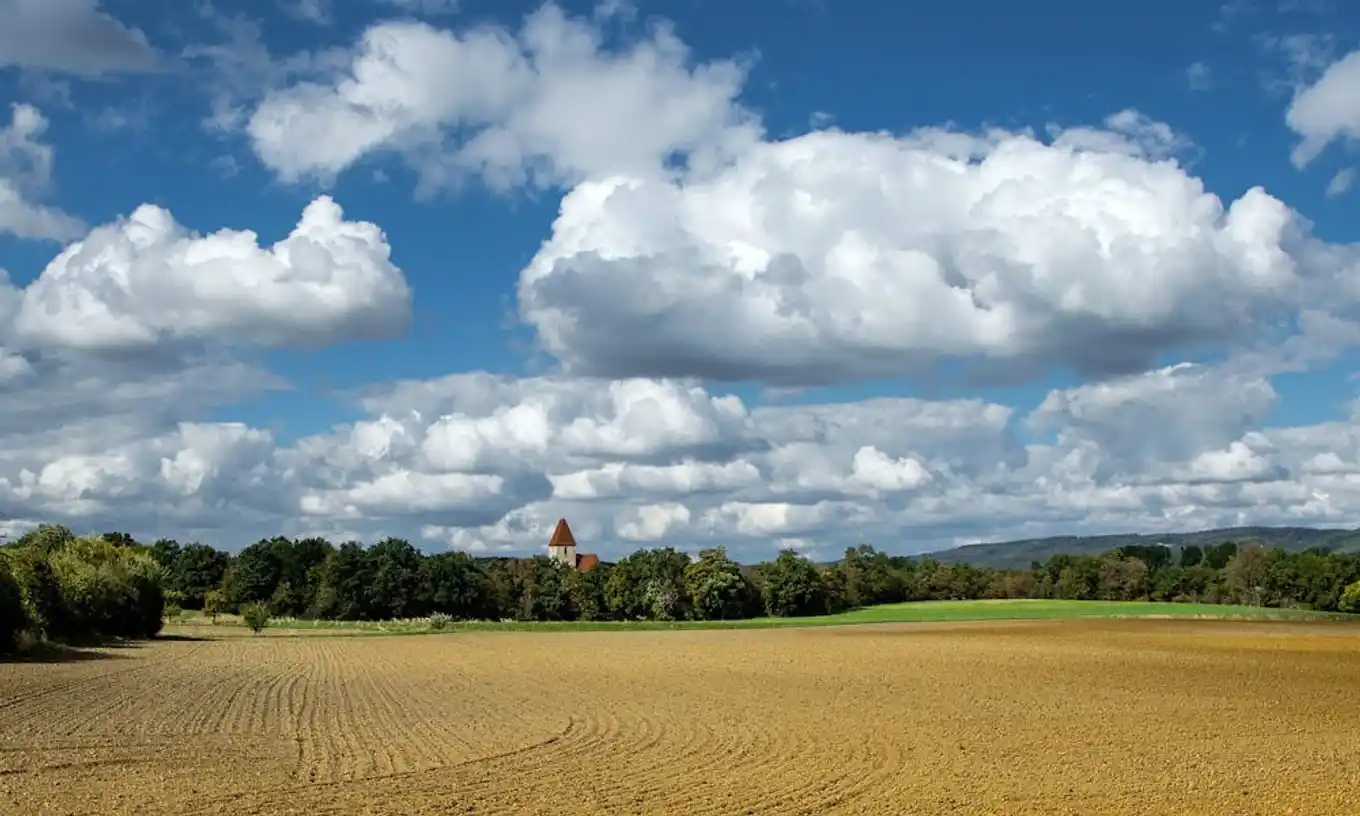
There are several ways to determine the value of a plot, especially since each plot has its own specificities. First, it is essential to determine what type of land you own; whether it is constructible, developed, located in a development zone, an agricultural zone or a zone to preserve. These are essential notions to define before estimating a land, which will help you define the right selling price to your plot.
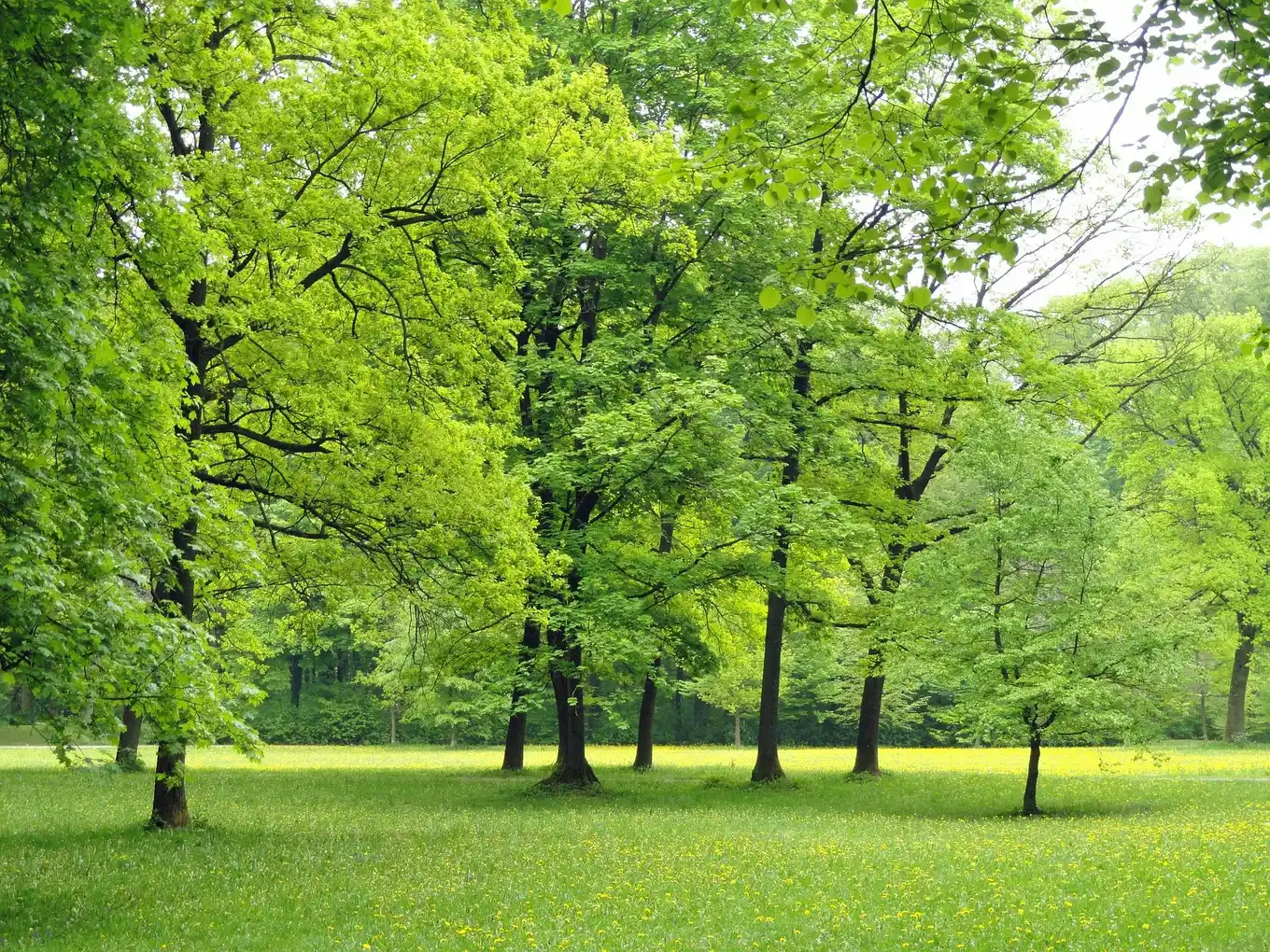
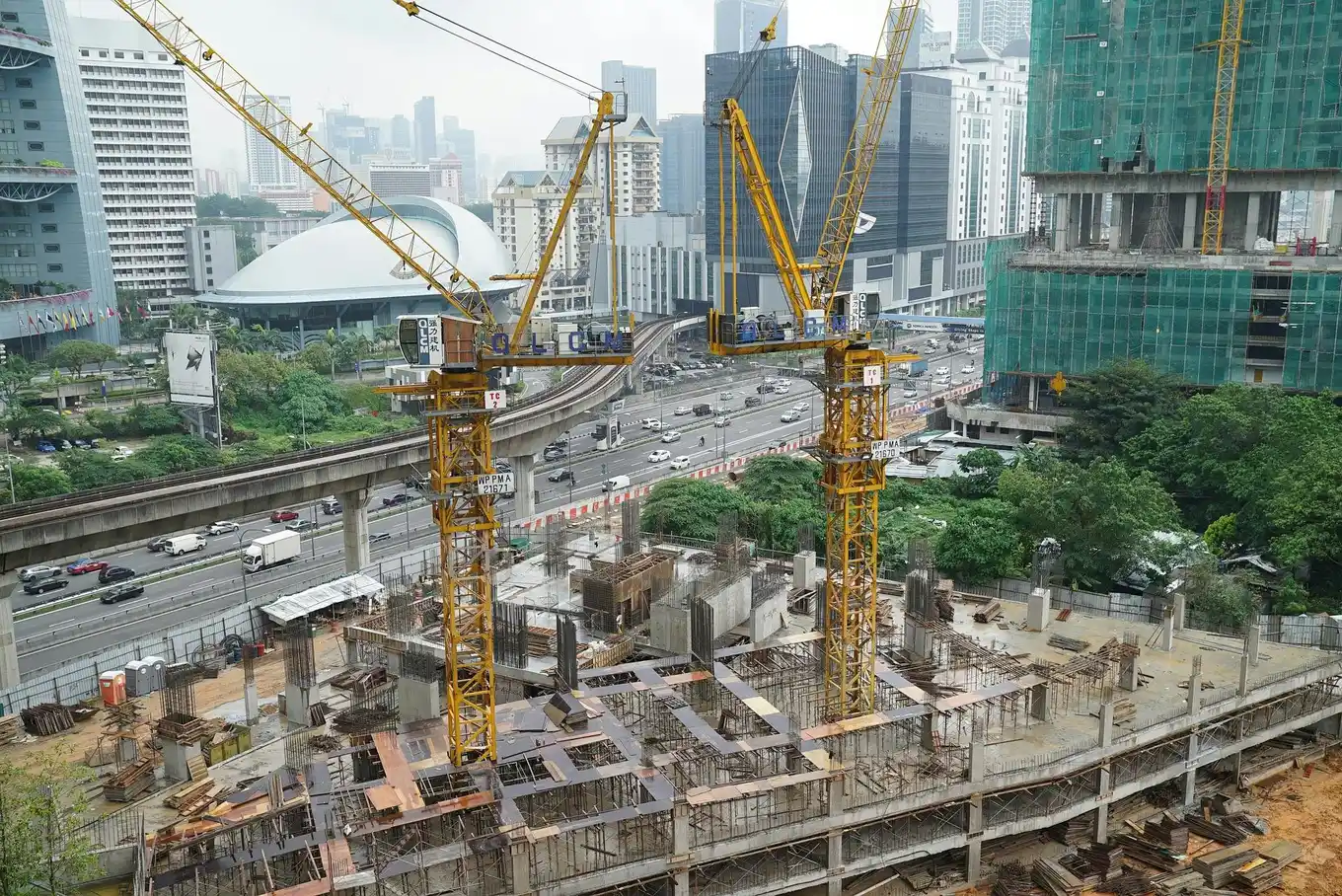
It is possible that land is constructible and developed, but is not part of a development area by the municipality. That is why it's important to identify to which area your land belongs. Each canton has its own definition of land areas. Here are the main areas found in the majority of cantons:
Where and how to obtain this information related to the value of the land?
In order to obtain all the information you need to evaluate your land, you will have to ask your commune or check the official website of your canton, which can provide you with the documents you need to determine the value of your property.
Make sure to ask for the following documents:

Once you have collected all these elements and identified the specifications that define your plot, you can finally begin the estimation.
The valuation of the price of land is specific to each canton. In the canton of Geneva, for example, when the land has been classified in a development area by the municipality, it is the Canton that sets a maximum price at which the land can be purchased. The owner retains a margin of negotiation on this price following compensation or supplements to be paid by a potential developer.
This maximum price is determined according to the land use index, i.e. the ratio between the gross surface area of the land and the maximum authorised living area.
That means land with a surface area of 800 m² is not necessarily 100% habitable. The living area can be limited by pipes, sewers, which are located under the land and delimit the development area. This is also the case when the land is close to a forest or a river, some distances must be respected and therefore it reduces the living area in order to protect these natural elements.
The higher the land use index, the more valuable the land will be, as it will have a bigger building capacity. The price of land should therefore not be measured in relation to its total surface area but in relation to its living area. You will find this land-use index from your municipal administration.
As an example, you will find below for the canton of Geneva, the minimum density indexes applicable in the development area in 2019:
Once you have found your Land Use Index (LUI) for your land according to its development area (identified in the Zoning Plan obtained by your municipality) you can carry out your land value calculation. If your land belongs to development area 4B, your coefficient will be 0.8, you must multiply your coefficient by the surface area of your land:
IUS x Total surface area of the plot = Building surface area
0.8 x 800 m² = 640 m²
You will be able to build on 640 m² of your plot.
Finally, as explained, the price of the land depends on the type of area and is specified by the Canton. It can vary from CHF 450 to CHF 1,238 per m² depending on the Land Use Index. Also in Geneva, in 2019 the ceiling price for a land with a coefficient of 0.8 is CHF 833.
Building area x Ceiling price per m² = Ceiling price of land
640 m² x CHF 833 x CHF = CHF 533,120.
To evaluate the price of a building plot other cantons use the COS (coefficient of occupation of the land) which is the ratio between the floor area and the surface area of the land or the CUS (coefficient of usability of the land) which is the ratio between the built area and the surface area of the land. Once again, it is essential to contact your local authority, as they will tell you which index or coefficient to use in order to estimate your land.
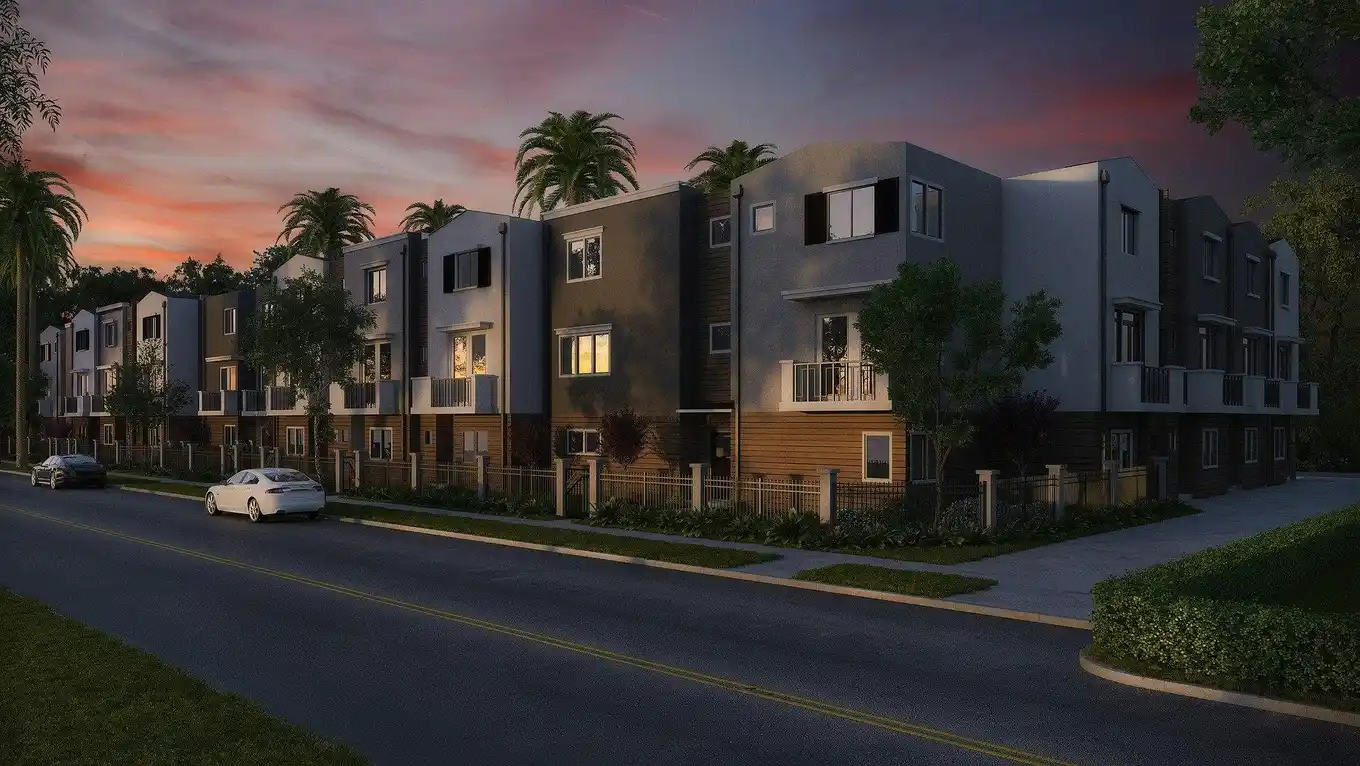
For a new house, a promoter makes its calculation based on the cubic metre of construction volume. The volume takes into account any kind of construction such as a house or a garage. For a standard house, the price per m³ is between CHF 650 and CHF 800.
m³ of the building volume x price /m³ = Price of the house
900 m³ x CHF 700 / m³ = CHF 512'000.
You can find information about the volume of your house in the ECA which is part of your insurance for your house.
For a standard house, there are several ways to estimate its value, either online, by analysing the market, thanks to the prices / m² average, to estimate your house yourself see this article.
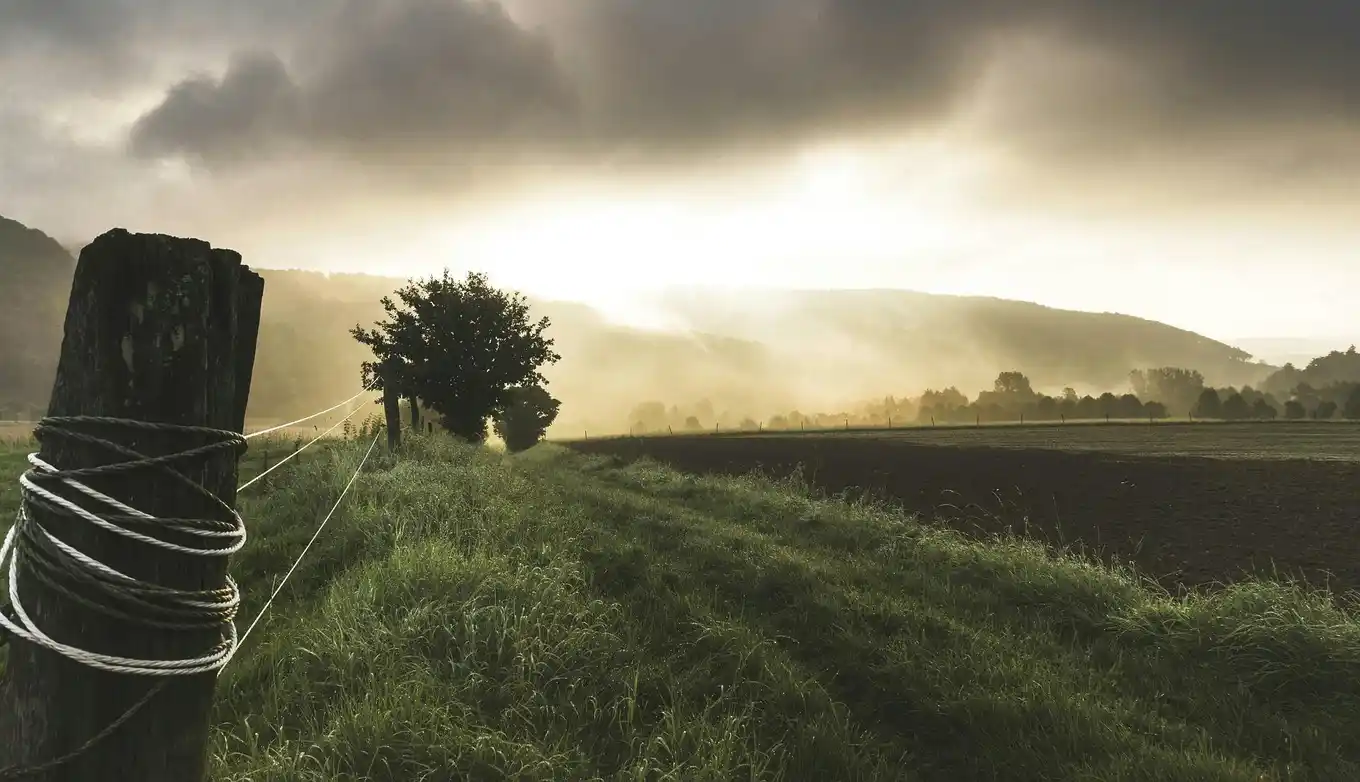
If your plot is already connected to the main networks you can add the development costs to the price of the land, here are the different elements to include into the development costs:
To get an idea of the cost of developing land, you can contact your local council, which will redirect you to the relevant services and can send you personalised quotes.
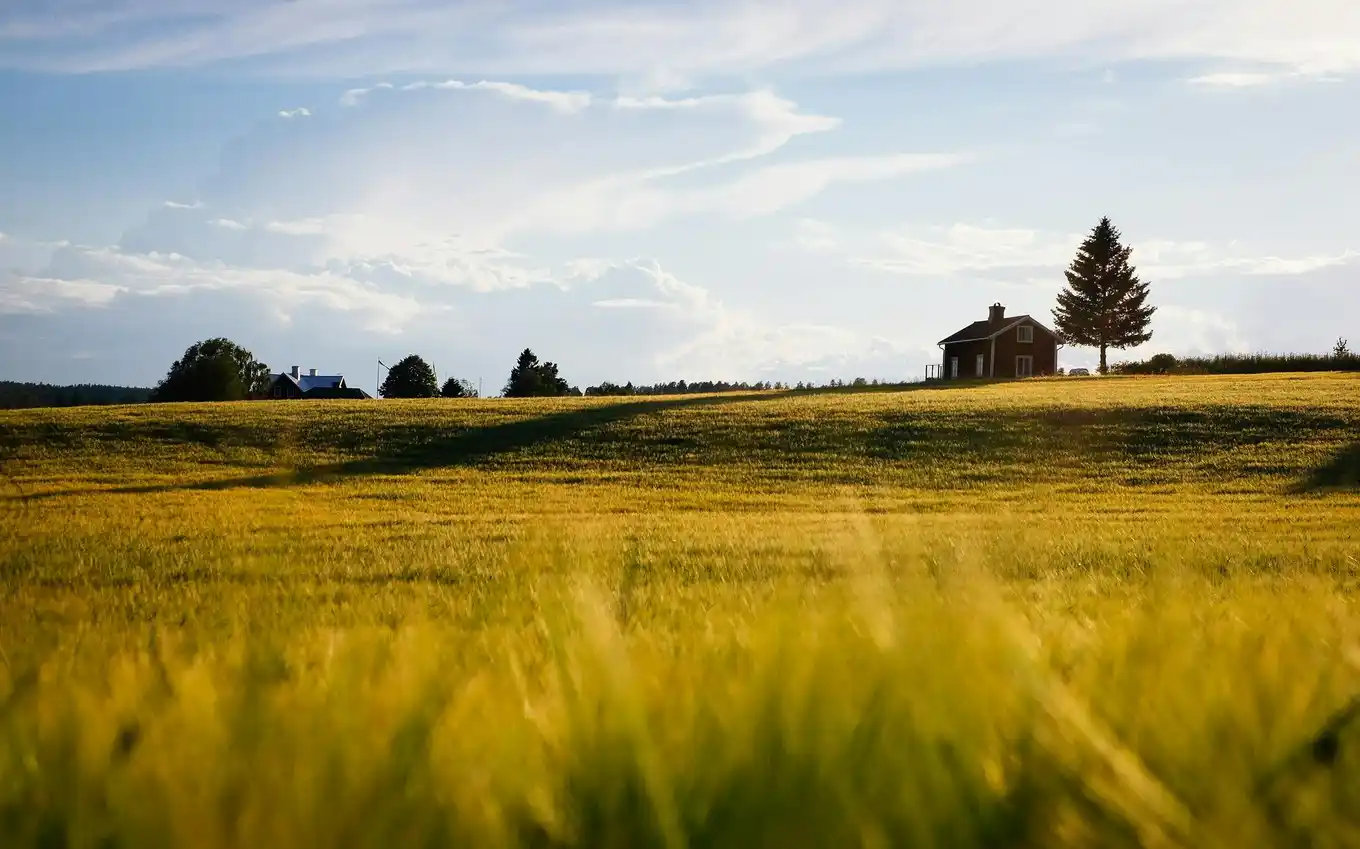
For land that is not in a development area, the price is mainly determined by supply and demand. Several methods exist to estimate the land:
You can find the average price per square metre of land online on the websites of your municipality or canton. This average price is calculated by averaging the transaction prices of the land of the same type, in the same town.
For example, if a building plot has been sold at CHF 800 / m² in your town and another at CHF 1'000 / m². The average price per m² in the city of a land will be: (800 + 1'000) / 2 = CHF 900 / m².
The greater the number of transactions, the more accurate the average price will be.
If your town or region does not publish prices per m² of land, you can carry out this study manually by searching for land that is currently for sale in your town.
On a real estate portals, you can search in your town or nearby for plots of land similar to yours.
In the same way, you can average the prices per m² of land currently for sale. In order to refine your price, you can increase or decrease it according to several factors that we will look at below.
For investors who wish to use your land for a construction project. Their objective will be to estimate the profit they will make from building on your land.$
Their calculation will therefore be done as follows:
Investment costs - Return value
Investment costs include:
The yield value:
For an investor, the main concern is to know how many housing units can be created and how much they can be sold for.
If there are 1000 m² of land with a building area of 800 m², the investor may be able to build 8 plots of 100 m² and sell them each at CHF 500,000.
The yield value will be 500,000 x 8 = CHF 4,000,000.
The investor will then have to subtract the construction costs from the yield value to know whether the investment is profitable or not.
In the case of an individual who wants to know whether it is more profitable to buy land and have a house built or to buy a house that has already been built , the analysis of the land is essential in order to know what additional costs should be added to the construction budget.
Be aware that banks also analyse your project from top to bottom and if your land requires too much effort (equipment costs, soil remediation, etc.), they may refuse your application for financing or require that your land does not exceed a certain amount to fit within your financing capacity.

The acquisition of land takes place when a buyer has a building project generally for living in, so the land must meet the following criteria:
A good location: If the land is to be used as a main residence, it should ideally be located close to public transport, shops and schools. On the other hand, if the land is outlying it will be less valuable unless there are building projects in the city such as a new bus line, motorway or new shopping centre. In this case, the land will be a good investment because it will increase in value in the coming years, so it is important to check the allocation plan for future projects in the city.
Municipal and cantonal taxes: It is worth checking a town's municipal taxes. The lower are the taxes, the more people will be attracted to the town, and the higher the demand, so that landowners can take advantage of this to increase the price of their land in line with the increase of demand.
Specific characteristics of the land: The type of soil, the shape, the size of the land, are elements that will inevitably have an impact on the cost of construction. The more constraints the land has, the less value it will have:
The type of land and the area plan:
The market value of land is calculated on the basis of the income obtained, i.e. the yield value.
For a property developer or private individual, this is the amount they will be able to earn after selling the property in question.
The price of land fluctuates with the supply and demand market. The selling price is obviously set by the owner of the land. The owner may have estimated it themselves or with the advice of real estate experts, such as a real estate agent, or after consulting a land surveyor. The owner of the land can also call a property developer who defines the current value of the plot and its future value in terms of the possible use of the land and the income that can be derived from it.
Note that the sale price is the amount proposed by the seller, but the amount that the seller and buyer agree on when the sale is finalized is the transaction price.
The price per m² of residential land varies from one commune to another. For historical transaction prices, you can refer to the land registry office that publishes this information.
To give you an idea, the prices per m² of land in Switzerland vary greatly. In 2020, they start from CHF 200 and go up to CHF 2,500 in the largest cities.